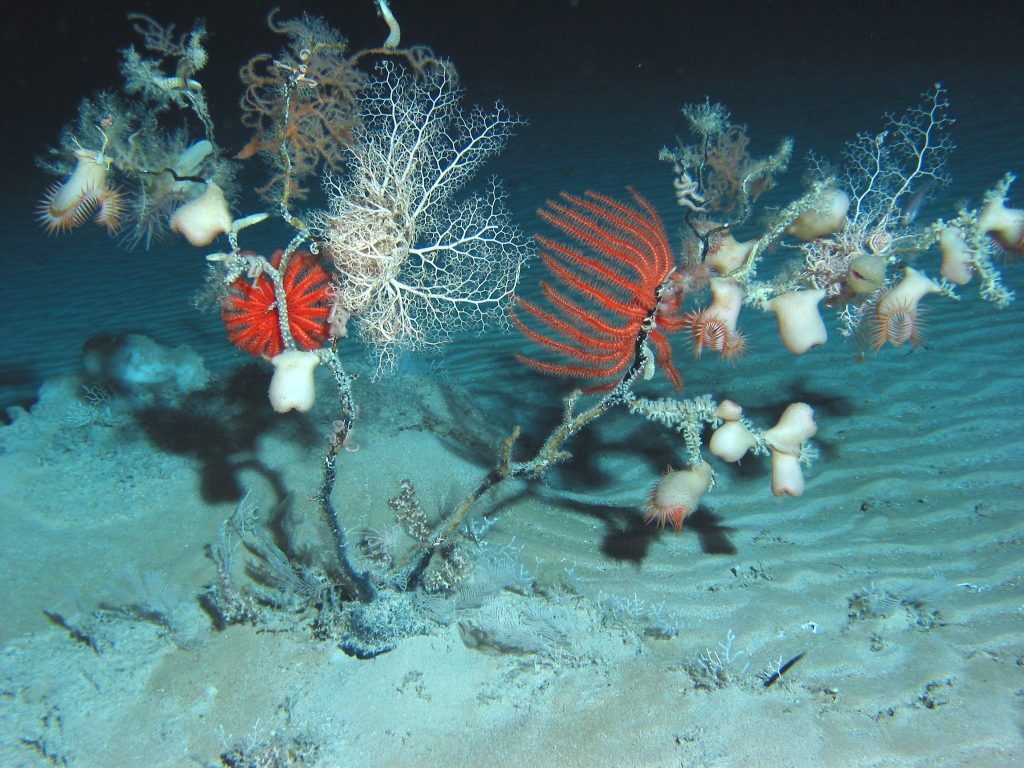Extinction risk refers to how likely a species is to go extinct. The criteria laid out by the International Union for the Conservation of Nature (IUCN) Red List are the gold standard by which the extinction risk of a species is assessed. Species are grouped into categories ranging from Least Concern to Extinct in the Wild. However, unlike all other categories, Extinct lacks a quantitative framework for assigning this category. Whether a species is extinct or not sounds fairly simple: if there are no individuals of a species left, then it is extinct. However, it is rarely so straightforward.
Why is certainty around extinction declaration important? If a species is not listed as extinct, the current rates of biodiversity loss can be underestimated, and misuse of already limited conservation resources may result. If we cannot provide rates of extinction, the margins of error can be quite large when we are speaking about thousands, hundreds of thousands or millions of species that could be going extinct.
In a recent paper, in Conservation Biology we sought to better understand what information experts value when making the call of whether a species is extinct. If we can build a consensus for what assessors rely on to declare extinction, the most reliable or common choices can form the foundation for these criteria. We sought to shed some light on what pieces of information assessors value the most to make an accurate decision on whether extinction has occurred, by using a survey-based method to assess the choice patterns of expert assessors who work for the IUCN SSC (the species survival commission). These are the people who are relied on to make decisions for extinction.
How do we come up with standards to assess if a plant, a fungus, or an antelope are extinct, using the same methods? The population of a species could be hard to calculate because where it lives is inaccessible, or it’s hard to find, it’s active during the night or it doesn’t make sounds that humans can detect. Thus, given the existing difficulties in assessing certain species, we explored what information expert assessors working on a diversity of species groups used when declaring a species as extinct. We used a choice experiment approach—a marketing method that presents participants with multiple scenarios and asks them to choose. Using this approach, we explored attributes or factors that are important when inferring extinction.

The factors that were the most important were data availability, time from last sighting and population decline. These were decided as important attributes favoured by assessors when inferring extinction. In terms of interactions between these factors, by far the most significant was between data availability and the assessor’s Red Listing experience. This result has important consequences, and it points to the fact that the amount of data on species and time on the job influence decisions on extinction more than previously thought. Some of these results were also unexpected, for example, habitat availability had a negative estimate, meaning that it was not favoured by assessors. Although several of these attributes were significant in the decisions of assessors, there was a clear hierarchy of preference for certain attributes.
We hope that the results of our research knowledge can be included in the creation of extinction-specific criteria in the IUCN Red List. This would help conservationists be more certain when declarations of extinction are made and harness more information to design effective, evidence-based conservation plans for threatened or data-poor species.
Further Reading:
Roberts, D. L., A. Hinsley, S. Fiennes and D. Veríssimo. 2023. Understanding the drivers of expert opinion when classifying species as extinct. Conservation biology 37(1): e13968. doi.org/10.1111/cobi.14001





